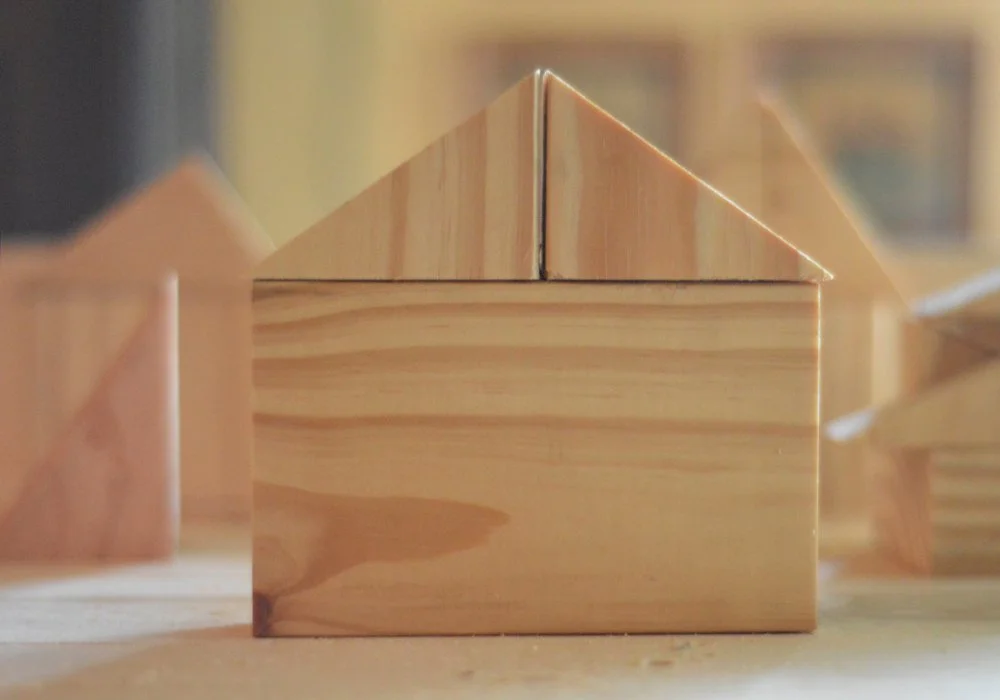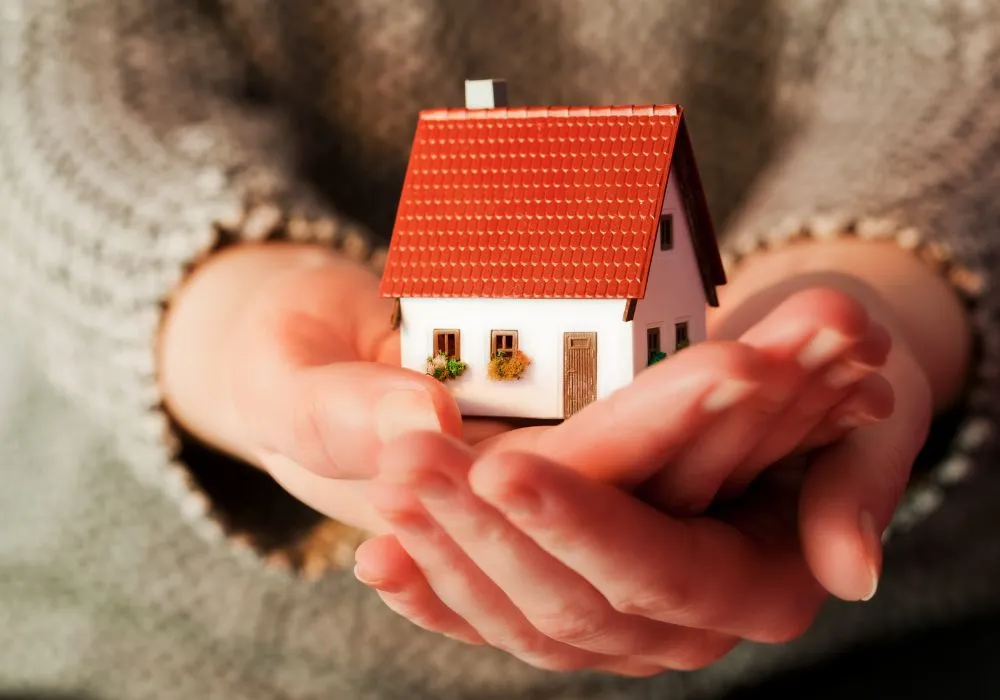The tiny home movement has become incredibly popular worldwide, appealing to those who seek simplicity, financial freedom, and a smaller environmental impact. However, these small homes offer more than just practicality. They also provide a platform for innovative ideas in architecture and design. In this discussion, we will explore the world of micro-architecture and the creative solutions it offers.
Redefining the Concept of Home
Tiny homes challenge us to question what we truly need in a living space. They force us to separate the essential from the extraneous. A well-designed tiny home maximizes every square inch, utilizing multifunctional furniture and ingenious storage solutions. These spaces remind us that a home’s value lies not just in its size but also in how well it meets our needs and reflects our values.
Embracing Minimalism and Intentional Living
Living in a tiny home often requires embracing a minimalist lifestyle. This doesn’t have to mean depriving oneself but rather thoughtfully considering possessions and prioritizing experiences over material accumulation. Consider Jenna and Mike, a young couple who chose to leave their cramped, expensive apartment for a tiny home. Initially, letting go of many of their belongings was challenging, but the sense of liberation they felt was immense. Without the burden of too many possessions, they discovered a newfound focus on spending quality time together, hiking on weekends, and starting the creative business they had always dreamed of.
By shedding excess, tiny home dwellers can find greater freedom and intentionally focus on the things that truly matter to them.
Micro-Architecture as Design Laboratory
Architects and designers are drawn to the unique challenges and creative possibilities offered by tiny homes. The constraints of limited space push innovation, leading to surprising solutions. Tiny homes can be laboratories for experimenting with alternative building materials, sustainable technologies, and clever spatial configurations. The lessons learned in micro-architecture can be applied to other residential projects, promoting efficiency and smart design in all kinds of living spaces.
Examples of Big Ideas in Small Spaces
The tiny home design world is constantly evolving. Here are a few inspiring examples demonstrating the ingenuity involved:
- The Minim House: This innovative tiny house design features a slide-out section that expands the living area when parked. Its clever engineering allows for a more spacious interior without sacrificing mobility.
- Transforming spaces: Furniture that folds away, lofts accessible by ladder, and even entire walls that shift reveal how tiny homes can pack multiple functions into minimal square footage.
- Embracing the outdoors: Large windows, decks, and porches seamlessly blend indoor and outdoor living, expanding the sense of space in a tiny home.
- Going off-grid: Tiny homes are perfect candidates for solar power, rainwater collection, and composting toilets, making them self-sufficient and eco-friendly.
A Solution for Affordable Housing?
Tiny homes offer the potential to address the pressing issue of affordable housing. Their lower price point makes homeownership accessible to more people. Simplified construction and sometimes even mobility on wheels offer flexibility lacking in traditional housing. Tiny home communities can provide a sense of belonging and shared resources. Of course, zoning regulations and finding suitable land remain challenges for some.
Tiny Homes, Big Impact
While micro-living might not be for everyone, the tiny house movement highlights broader changes in our society. Here’s what it reflects:
- Sustainability: In a world facing climate change and resource depletion, tiny homes champion lower consumption and a smaller ecological impact.
- Financial Freedom: They address a desire for debt-free living and escaping the conventional cycle of working to maintain a large house.
- Community-Oriented Lifestyles: The simplicity of tiny houses can enable greater flexibility to pursue passions, build relationships, and explore new places.
Looking Forward: Micro-Architecture Evolves
The tiny home movement is a work in progress. As it gains popularity, we’re likely to see advancements in modular home design and production, creating beautifully-crafted and adaptable spaces. Building codes, community integration, and financing options are crucial areas where progress is needed for widespread adoption.
The Takeaway
Whether you’re personally ready to downsize to a tiny home or not, it’s a movement worth paying attention to. Tiny homes represent a creative challenge that architects and designers are embracing, and they inspire us to think differently about space, possessions, and what makes a fulfilling life. Even if a micro-home isn’t in your future, lessons of intentional living and efficient design can be applied to any size dwelling.






